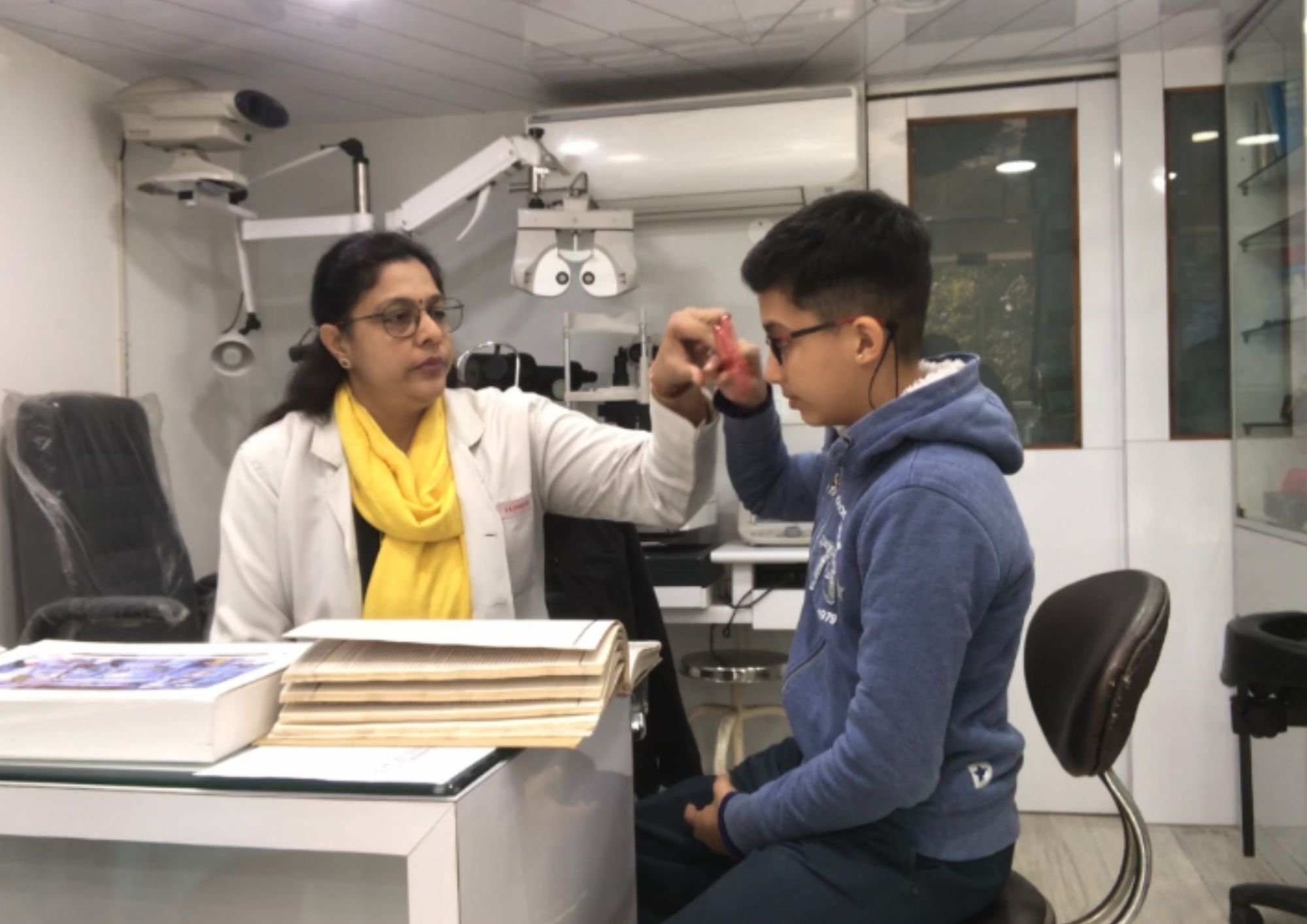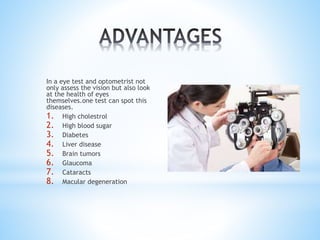Specialized Retina Service Near Me: Top-Notch Eye Treatment Professionals
Specialized Retina Service Near Me: Top-Notch Eye Treatment Professionals
Blog Article
The Role of Advanced Diagnostic Tools in Identifying Eye Disorders
In the world of ophthalmology, the usage of sophisticated diagnostic devices has revolutionized the early identification and monitoring of numerous eye disorders. From finding subtle adjustments in the optic nerve to monitoring the development of retinal conditions, these technologies play an essential role in improving the precision and effectiveness of detecting ocular conditions. As the need for precise and timely medical diagnoses remains to grow, the assimilation of cutting-edge devices like optical comprehensibility tomography and aesthetic field testing has actually become crucial in the realm of eye care. The complex interaction in between modern technology and sensory methods not just clarifies complex pathologies yet also opens doors to tailored therapy approaches.
Significance of Early Diagnosis
Early diagnosis plays an essential role in the reliable administration and therapy of eye conditions. By spotting eye problems at an early phase, healthcare carriers can use suitable therapy plans customized to the specific condition, ultimately leading to much better end results for clients.

Technology for Finding Glaucoma
Innovative diagnostic technologies play an essential role in the early detection and monitoring of glaucoma, a leading cause of permanent blindness worldwide. Another innovative tool is visual field testing, which maps the sensitivity of a client's aesthetic field, helping to detect any areas of vision loss feature of glaucoma. These sophisticated analysis tools make it possible for eye doctors to identify glaucoma in its early phases, allowing for timely treatment and much better management of the illness to avoid vision loss.
Function of Optical Comprehensibility Tomography

OCT's ability to evaluate retinal nerve fiber layer density enables exact and objective measurements, helping in the very early detection of glaucoma also prior to visual area defects emerge. OCT modern technology permits longitudinal tracking of architectural changes over time, assisting in personalized treatment plans and timely treatments to help preserve clients' vision. The non-invasive nature of OCT imaging likewise makes it a recommended option for checking glaucoma development, as it can be duplicated consistently without causing pain to the patient. On the whole, OCT plays a crucial role in improving the diagnostic accuracy and administration of glaucoma, eventually adding to much better results for individuals in jeopardy of vision loss.
Enhancing Diagnosis With Visual Area Testing
An important part in comprehensive ophthalmic analyses, aesthetic area testing plays a critical duty in improving the diagnostic process for various eye conditions. By analyzing the full extent of an individual's aesthetic area, this test provides important details regarding the functional stability of the entire aesthetic path, from the retina to the visual cortex.
Visual field testing is specifically valuable in the diagnosis and management of conditions such as glaucoma, optic nerve problems, and numerous neurological link conditions that can influence vision. Through quantitative measurements of peripheral and central vision, clinicians can detect subtle changes that may show the visibility or progression of these problems, even before noticeable signs occur.
Moreover, visual field screening permits the monitoring of treatment effectiveness, helping eye doctors customize restorative treatments to specific patients. eyecare near me. By tracking modifications in visual area efficiency in time, medical care carriers can make informed choices about changing medications, advising surgical interventions, or implementing other proper procedures to maintain or improve a patient's aesthetic function
Taking Care Of Macular Deterioration

Conclusion
In conclusion, advanced analysis tools play a vital duty in determining eye problems early on. Technologies such as Optical Comprehensibility Tomography and visual area screening have actually greatly improved the accuracy and efficiency of detecting conditions like glaucoma and macular degeneration.
Report this page